Farmers Can Shell Coffee in a Fraction of the Time With This Bike-Powered Machine
A team at an MIT International Development Design Summit is making coffee production a little easier for small-scale farmers in Tanzania
Coffee is a principle crop in Leguruki, a rural village in the Arusha region of northern Tanzania, not far from the base of Mount Kilimanjaro. Of the coffee producers in the area, there are two kinds: commercial players with factories and devices that automate most of the coffee-making process and small-scale farmers without access to such machines who do everything manually.
As a result, farmers in the latter group are not only at a competitive disadvantage, but they also undergo substantial physical strain in order to deliver the same product as their rivals. As part of a month-long MIT International Development Design Summit in Tanzania, a team of six sought to address this problem, making coffee production less labor-intensive by building a cost-effective alternative to the hand crank farmers use to shell raw coffee cherries.
The solution, it turned out, was hidden in plain sight. The crew—self-taught Tanzanian innovator Mwanaharusi Goha, El Salvadorian nonprofit worker Geovany Moreno, Brazilian engineering student Eduard Eric Schardijin, Ghanaian engineering student Helen Amorin, German industrial designer Mona Mijthab and Tanzanian business school student Yesse Joshua Olijange, whose parents are farmers originally from Leguruki—found inspiration in an everyday item: the bicycle.
“There is an overwhelming availability of bike parts in the local area,” says Lauren McKown, a communications coordinator for the MIT International Development Innovation Network (IDIN). “Whatever they created could be built and fixed locally.”
Created in 2012, IDIN connects innovators from different disciplines around the globe and challenges them to develop low-cost technologies to help those in poverty. Each year, the organization has hosted a two-week to month-long Design Summit that brings approximately 50 applicants from varying backgrounds together in a village or small community. Participants are broken up into groups of five or six people, trained in the principles of design thinking and tasked with evaluating and addressing a problem that has been identified by the local residents. The IDIN network currently includes 468 innovators from 52 countries who have participated in different events. Interest has grown significantly, and this year, there will be three summits taking place in Colombia, India and Botswana.
Together, the team members interviewed local farmers, surveyed town for available materials, built prototypes and experimented with different versions of their invention. Bernard Kiwia, a Tanzanian mechanic turned inventor who had previously created a bike-powered hacksaw and corn sheller, served as the group’s advisor.
To produce coffee, there is a series of steps to get from crop to cup. Red cherries (coffee in its rawest form) are harvested from the coffee plant; the cherries are then pulped or shelled, fermented, washed, dried and shelled again. Afterwards, the beans are roasted and ground into powder, the form they take in store.
Small-scale farmers use machinery during the earliest, pivotal step of pulping. Pulping, also referred to as shelling, is the act of splitting a coffee cherry in half to access the bean inside. In order to complete this step, farmers use pulping machines with hand-powered cranks on one side. Turning these wheels requires significant time and strength.
After spending five days talking to farmers and shadowing their daily work, the team realized that bicycles could expedite this process. “Most people [in Leguruki] have bikes,” says designer Mona Mijthab. “We thought, we can use parts of the metal pieces instead of the real bike. Things like the frame—these materials are available."
The inventors attached a bike frame, including the seat and pedals, to a stationary foundation of metal beams for support. They added a chain by the pedals that connects the bike to a gear on the side of a standard coffee shelling machine, a gear the hand crank would normally move. When someone pedals the bike, the gear turns and operates the pulping machine. The machine, which stands two to three feet tall, takes raw coffee cherries in through a large funnel at its top and then puts the cherries through a rotating spiked drum that takes off the exterior shell of the coffee, spitting the beans and shells out separately. An individual operating the bike-powered version can sit comfortably on the bike or on a chair behind it, a design made to insure that women, wearing skirts and dresses, can also participate.
With the hand-powered tool, farmers are able to pulp about 33 pounds of coffee cherries every ten minutes. In tests with the bike-powered machine, the same task took just two minutes. Beyond energy and time savings, the machine has an added benefit in that it gets other members of the community involved in coffee production. Now, women and children are able to shell the coffee cherries quickly and efficiently.
“The best part was using real observations to fuel the making process," says Eduard Eric Schardijin.
At the end of the summit last fall, the team had created and tested a second prototype, with a stronger chain and more suitable height. Since then, Yesse Joshua Olijange has been working with local collaborators to raise the grant money needed to purchase the parts to build others.
Olijange believes the demonstrations the team conducted in Leguruki were very compelling to local farmers, but questions still remain around broader adoption. “People need to first know the value of what they make with it,” he says. Mijthab emphasizes the tradeoff that people may face. “A bicycle is very valuable in Leguruki for transportation,” she says. “Bike parts are so valuable, even the old ones.”
Six of the eight projects begun at the Design Summit in Tanzania, including this one, are still active.
Contraptions, like the bike-powered coffee shelling machine, have a way of spawning other inventions. Mwanaharusi Goha ultimately took the concept back to her home village of Ifakara a few hours away, where she built a bike-powered palm oil press.
/https://tf-cmsv2-smithsonianmag-media.s3.amazonaws.com/accounts/headshot/profile.jpg)
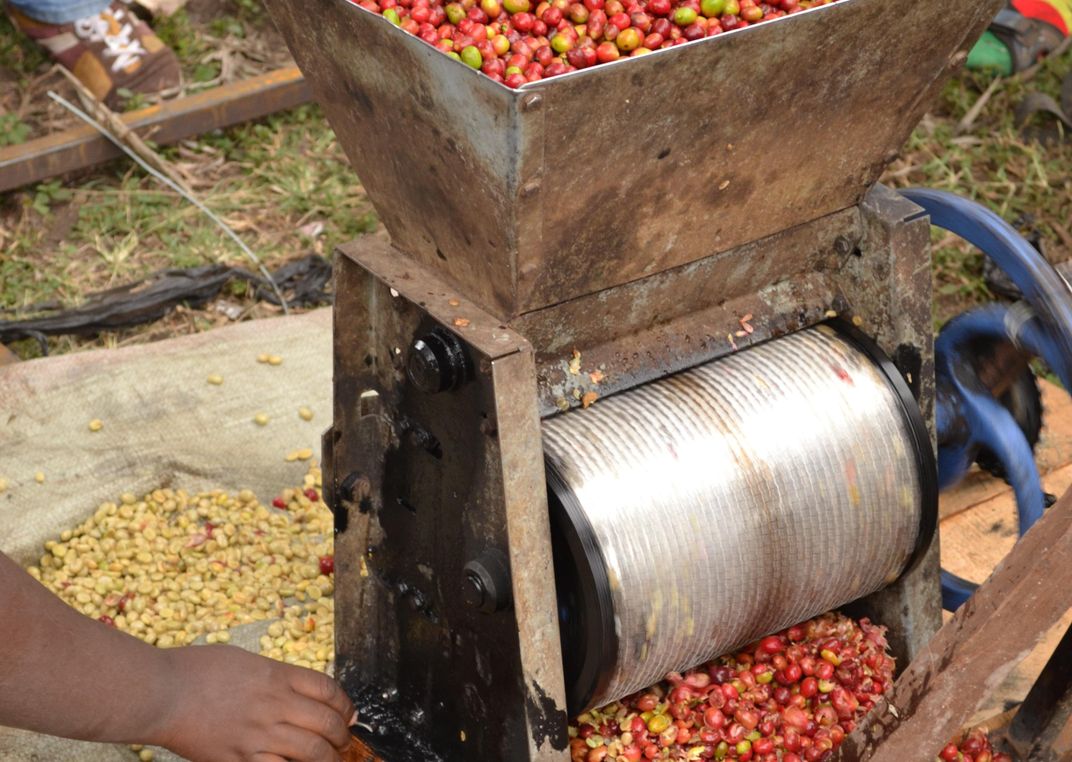
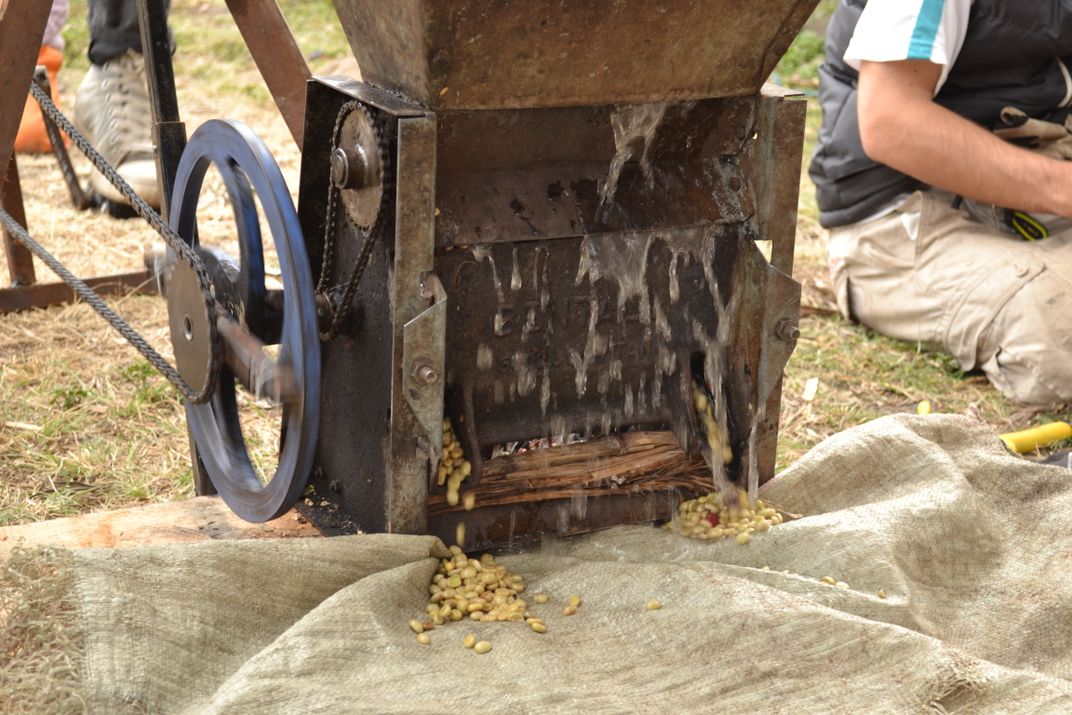
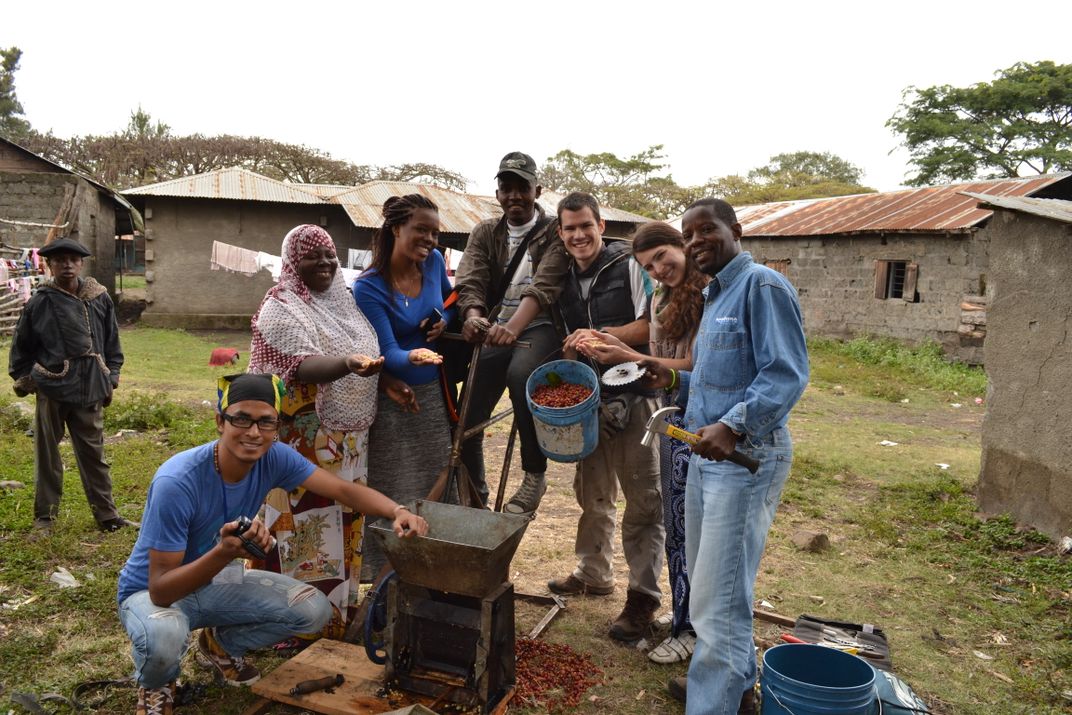
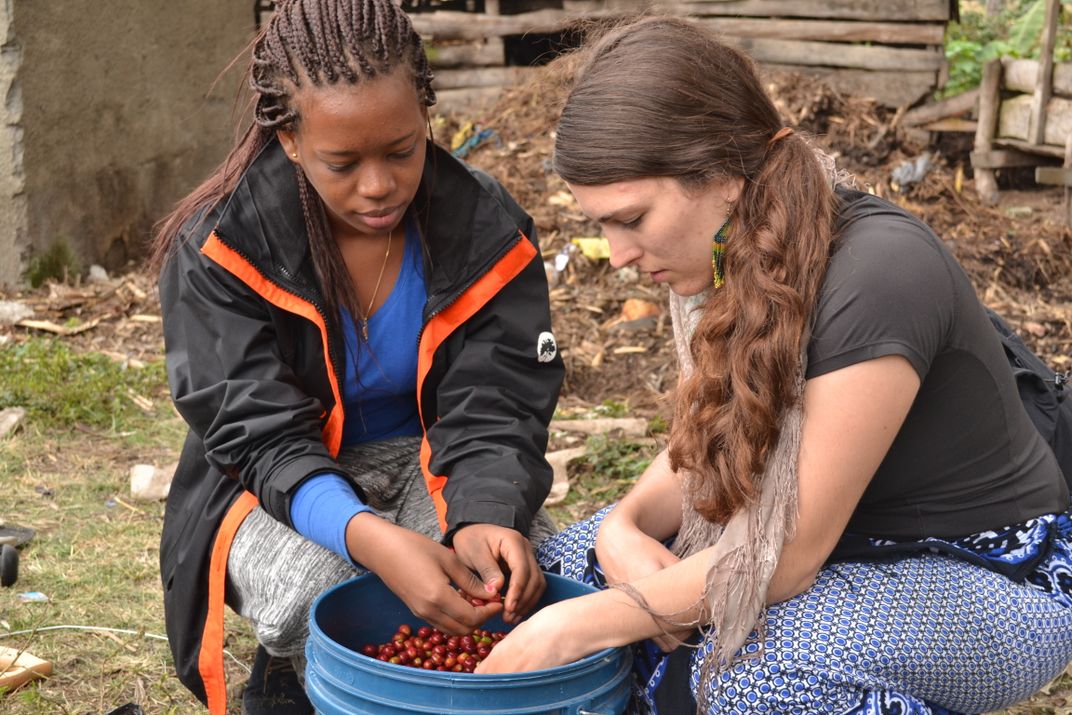
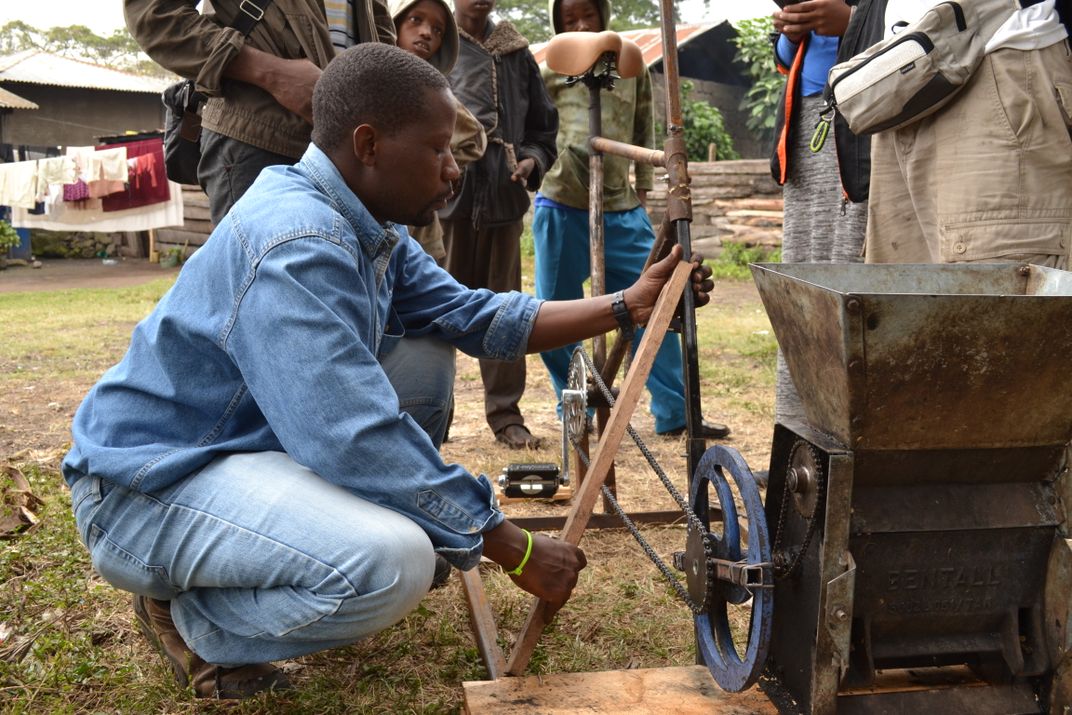
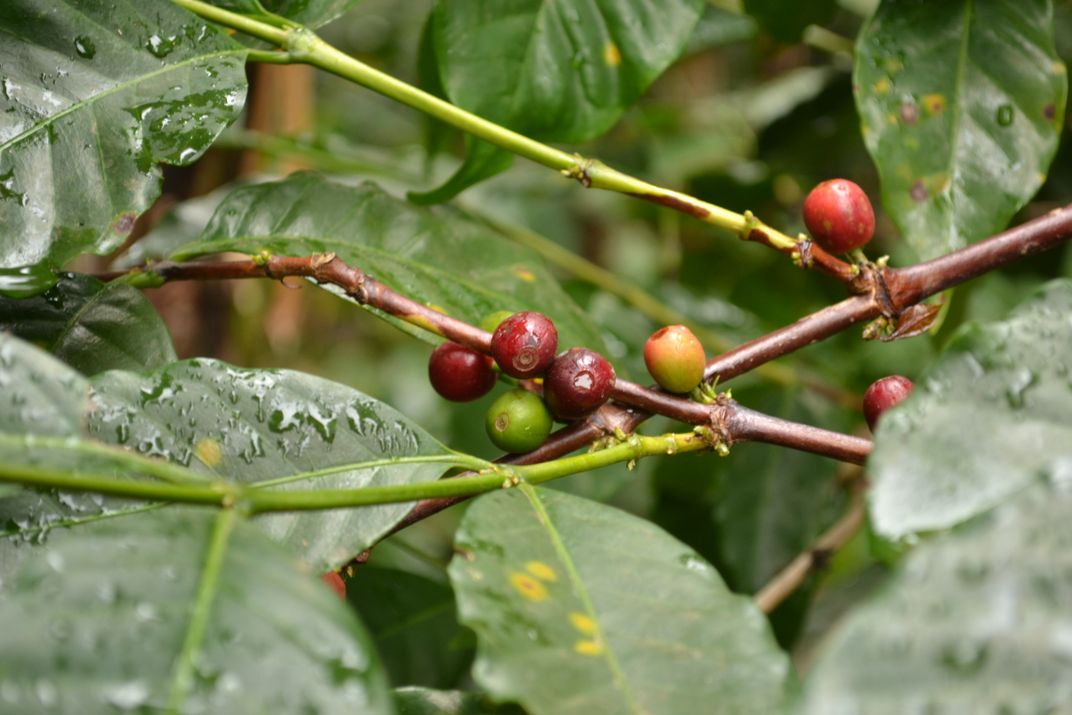
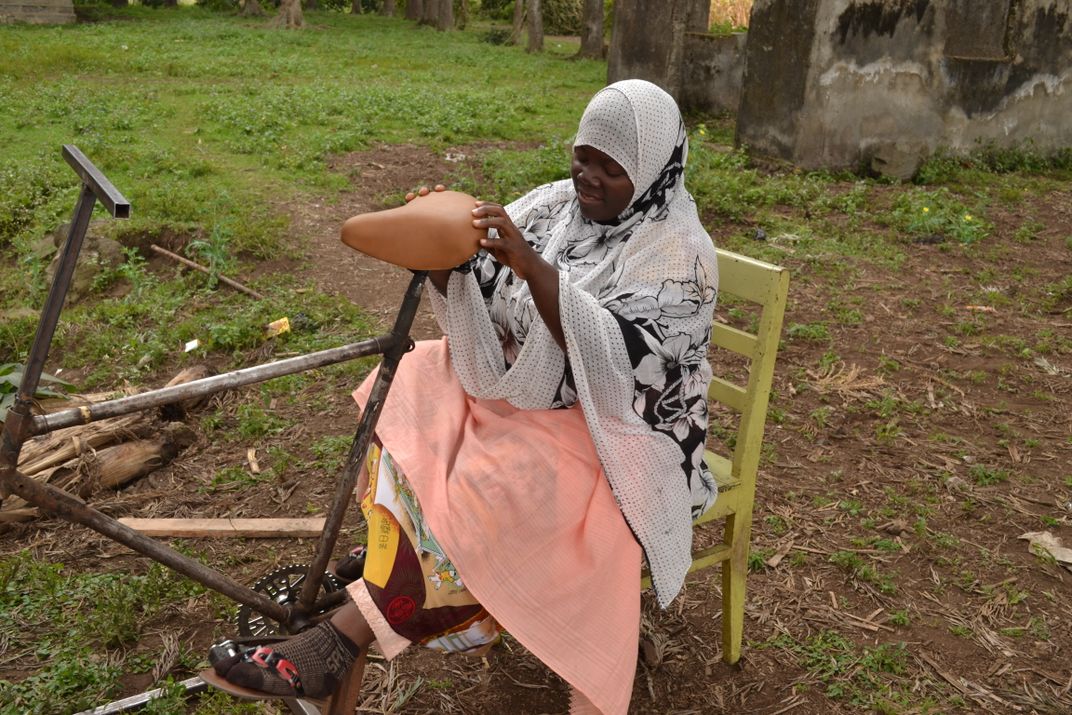
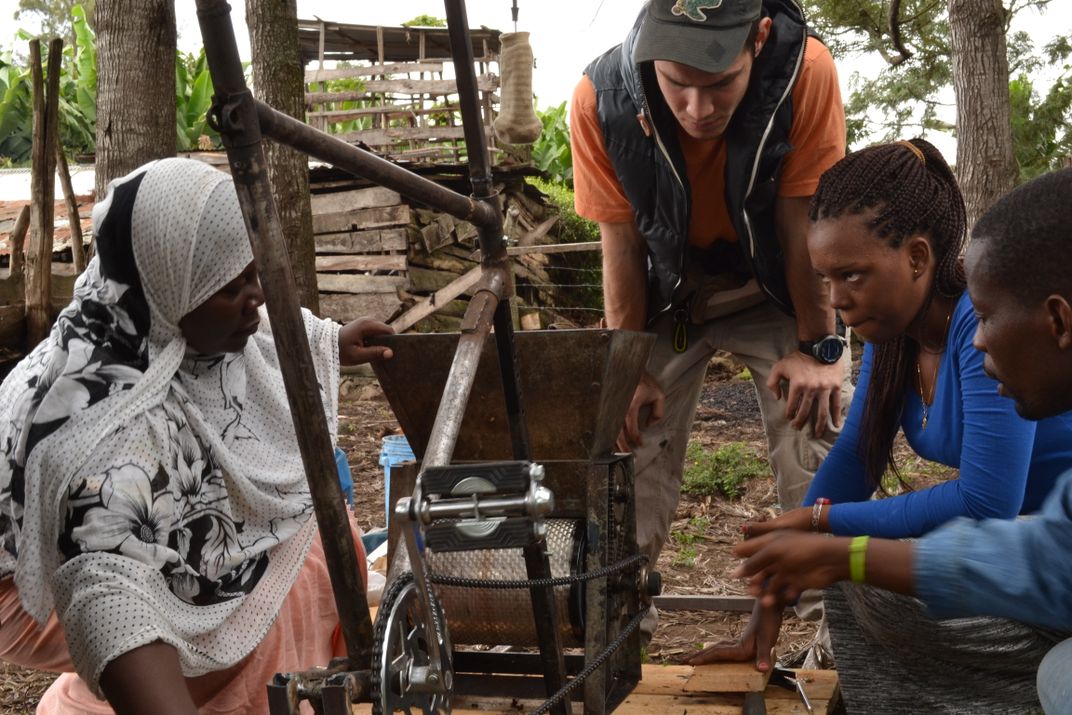
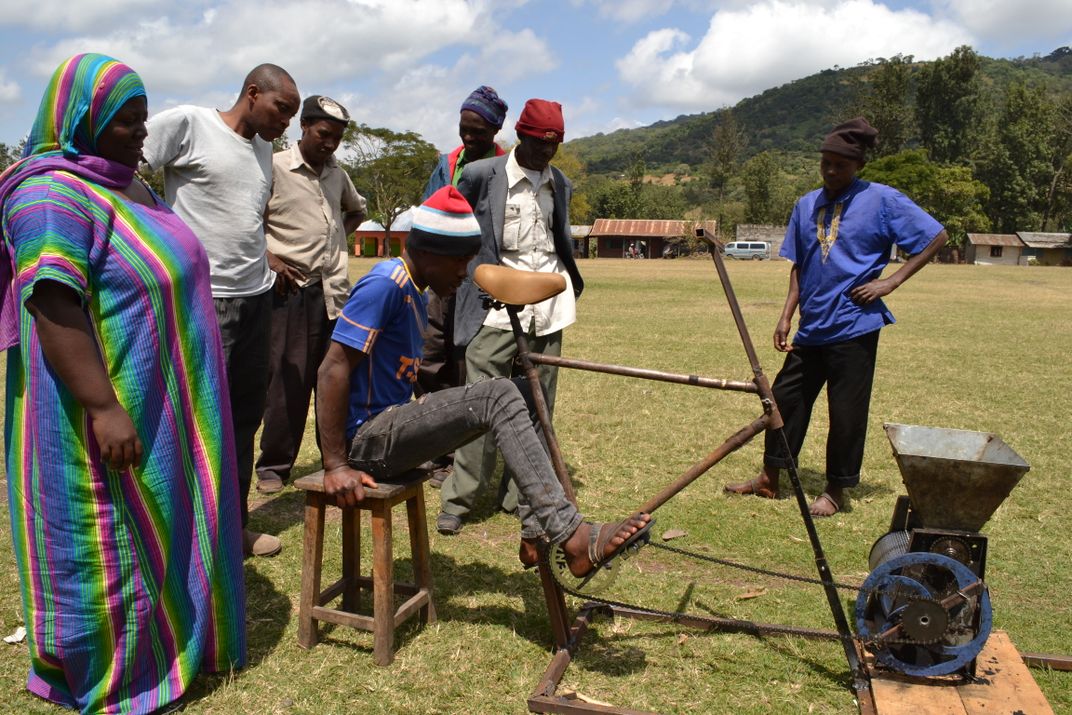
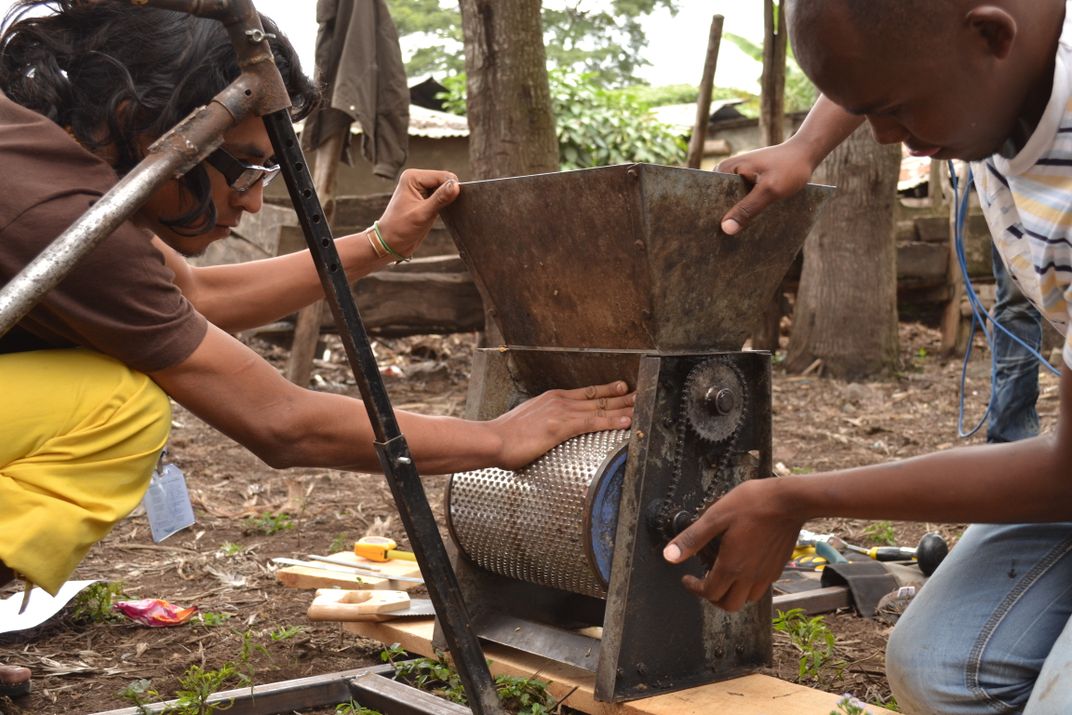
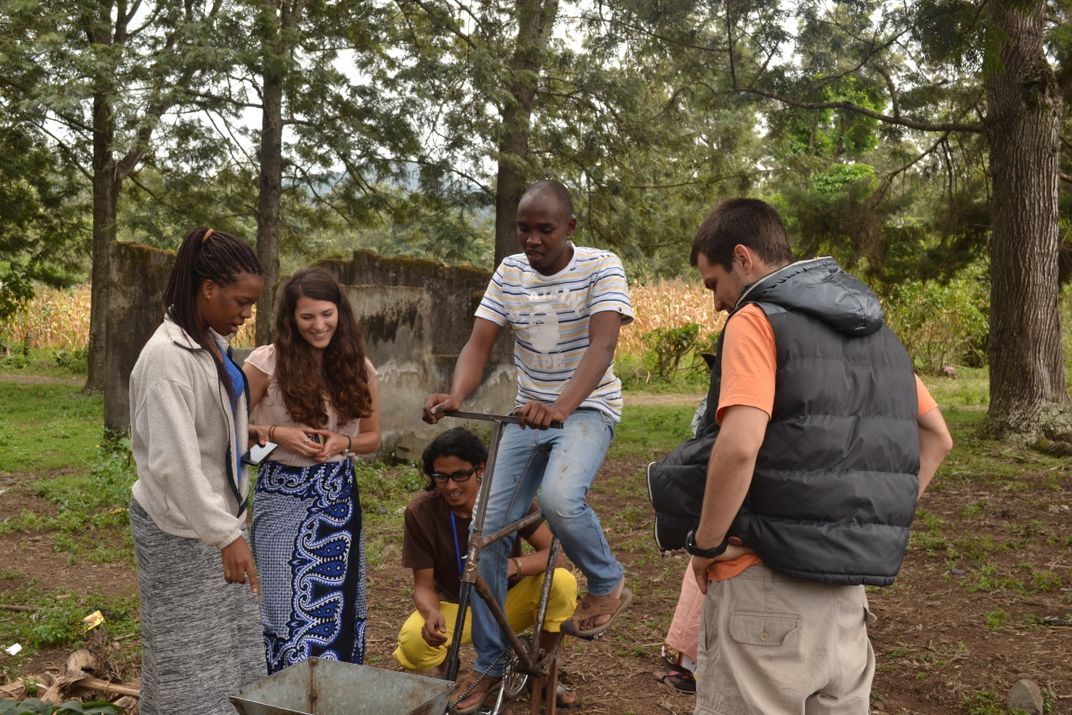
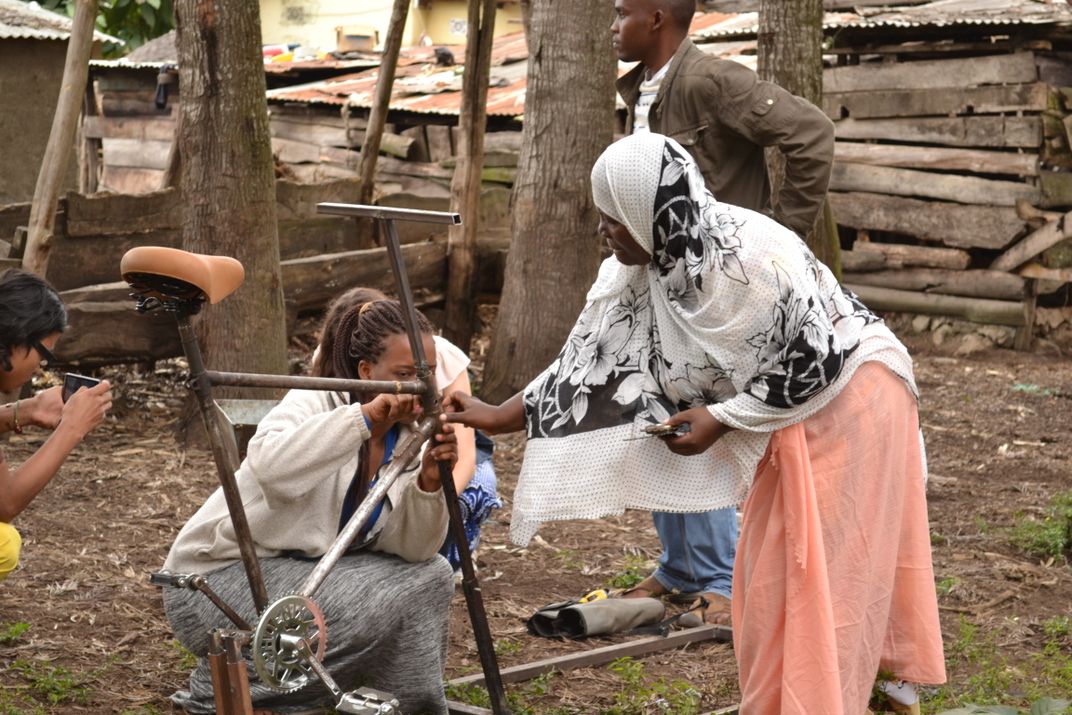
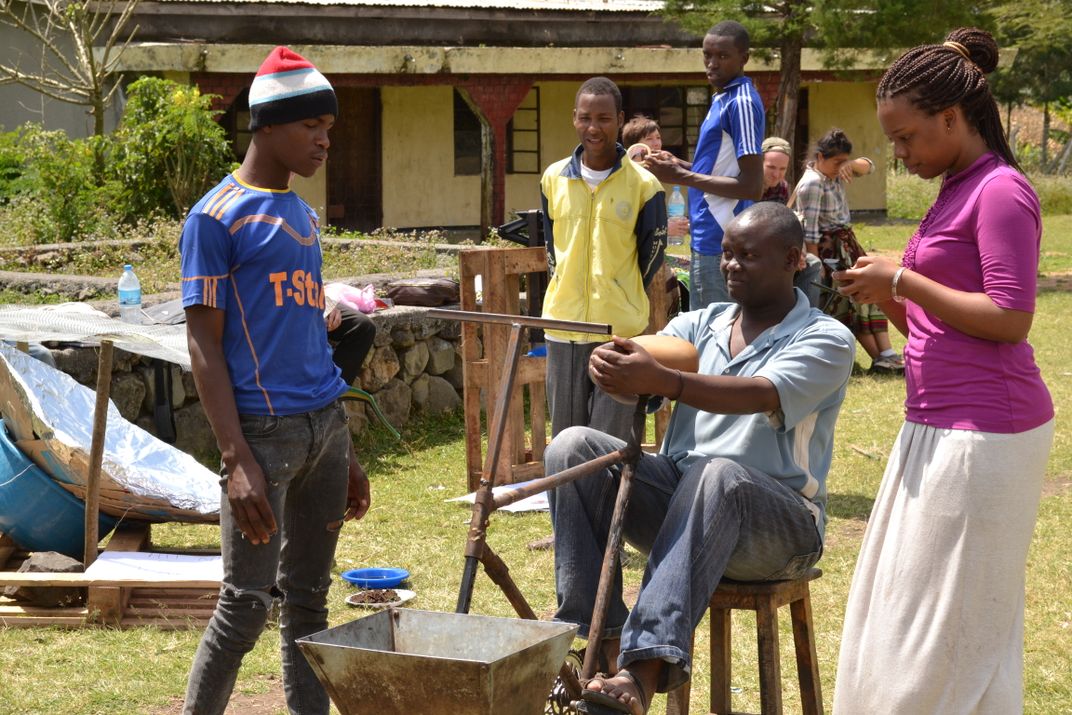
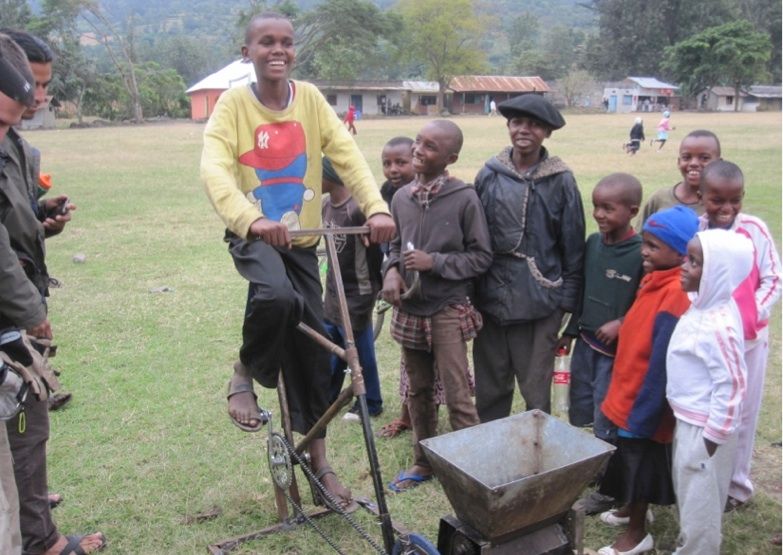
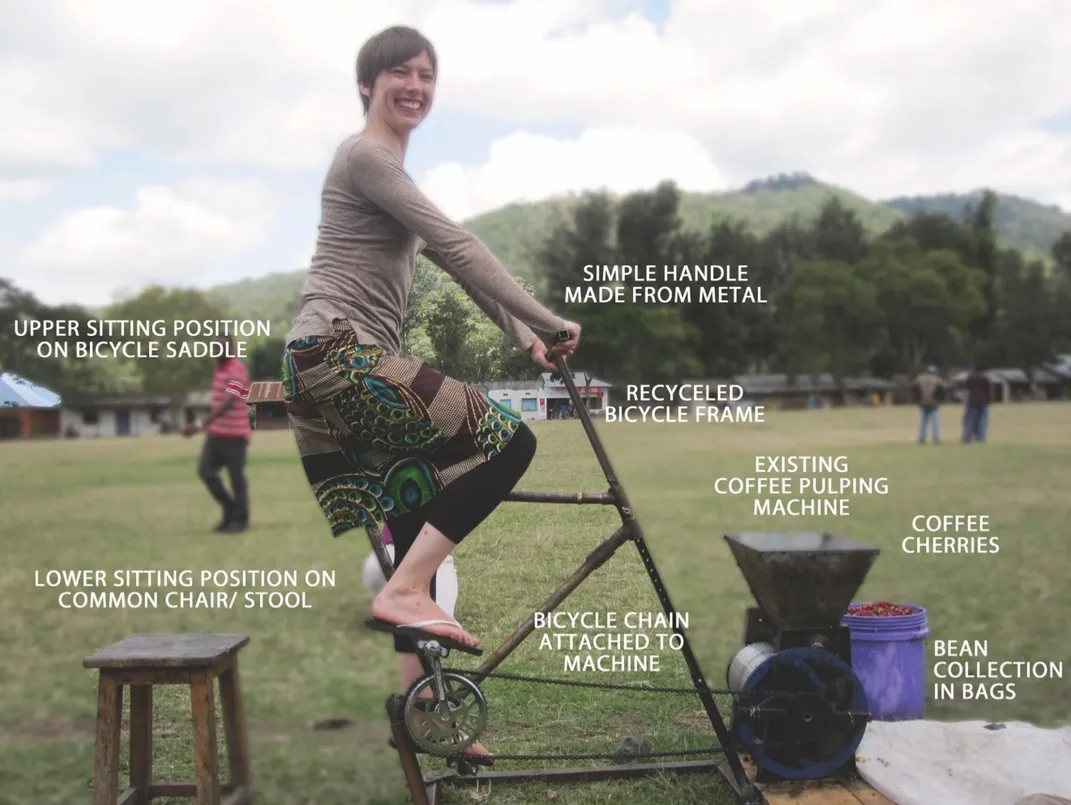
/https://tf-cmsv2-smithsonianmag-media.s3.amazonaws.com/accounts/headshot/profile.jpg)